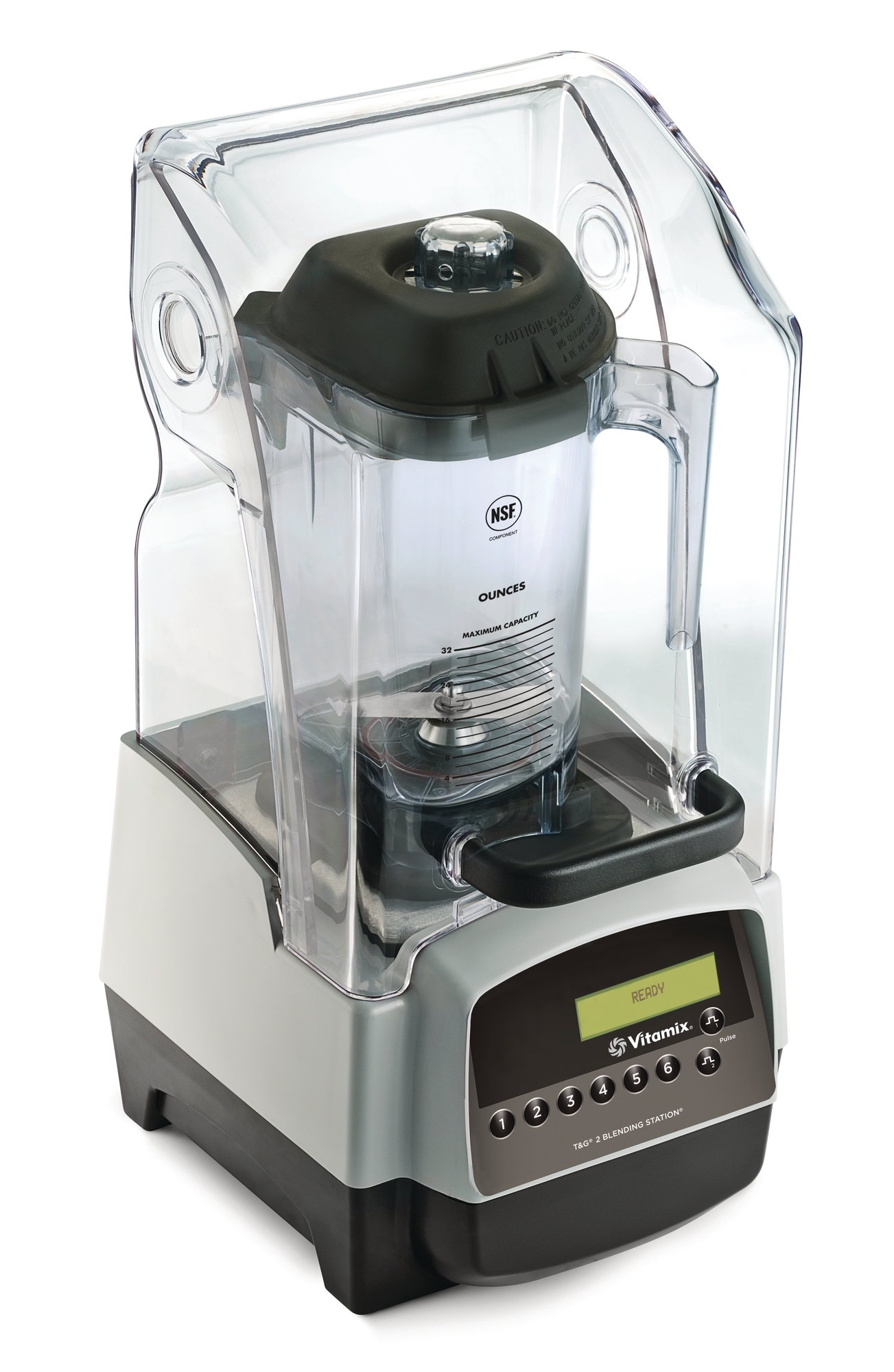

Whether you’re in the market for your first blender or thinking about upgrading your current machine, ask yourself the following questions:

Do you need a Vitamix?Ī Vitamix blender is undoubtedly powerful and versatile, but if you’re the type of cook who breaks out your blender only once in a while for relatively straightforward tasks like smoothies or salad dressings, it might not be a worthwhile investment for you. And when it comes to hot soups, immersion blenders are actually the more convenient choice: Instead of ladling the hot soup into a blender bowl, you can stick the immersion blender right in the pot, hassle-free. While it will never be as fast or thorough as a traditional countertop blender, it’s fine for small jobs like making salsa, liquifying a can of whole tomatoes, blending single-serving smoothies or milkshakes, or puréeing rehydrated chiles.

And enzymes typically don’t deactivate until they reach around 118 ☏, which is quite high (the slow juicers we tested all made juice that was under 70 ☏, when using refrigerated produce).If you’re short on storage space, we recommend Vitamix’s immersion blender. But as John Kohler told us, there’s not much peer-reviewed research on how or if oxidation affects the nutrient contents of your juice. The prevailing theory among some juice enthusiasts is that if less oxygen is whipped into a juice, the valuable nutrients and enzymes remain more intact. They believe that friction from a faster juicing process may generate heat that can deactivate enzymes, and that slow juicing helps minimize oxidation by squeezing produce instead of spinning it around, as a centrifugal juicer does. You may have heard these buzzy terms before, but why do they matter? Some people think that a slow juicing process will yield more-nutritious juice.
Wirecutter vitamix update#
Green juice pulp was a little wet, but the carrot-apple pulp was drier.įor the 2020 update of this guide, we tested only single-auger vertical juicers, which fall under the category of “slow” or “cold-pressed” juicers. When it came to the amount of moisture left behind in the pulp, the EVO820 sat squarely in the middle compared with other juicers. (The Slowstar’s strainer has a standard round basket shape attached to a long handle, and as it balanced precariously, we waited for it to fall off and slosh pulp everywhere.) We also made juice with the EVO820 without using its strainer, and the juice was still the best we tried. At first this seemed like a gimmick, but it was so much easier to use than the standalone strainer that comes with the Tribest Slowstar. (Higher yields from some other juicers were around 14 ounces, but they tasted grainy.) The EVO820 also made the least foamy juice of any model, with the help of its proprietary strainer, which locks onto the top of the juicing container to remove extra foam and pulp. Although the EVO820 yielded the smallest amount of carrot-apple juice, 12.45 ounces, the trade-off was that the juice was also the least fibrous, with a satiny texture. It yielded 11¼ ounces of green juice, about as much as the Omega VSJ843, and the result tasted bright, fresh, and balanced. The Kuvings EVO820 stood out for making the best juice we’ve tasted.


 0 kommentar(er)
0 kommentar(er)
